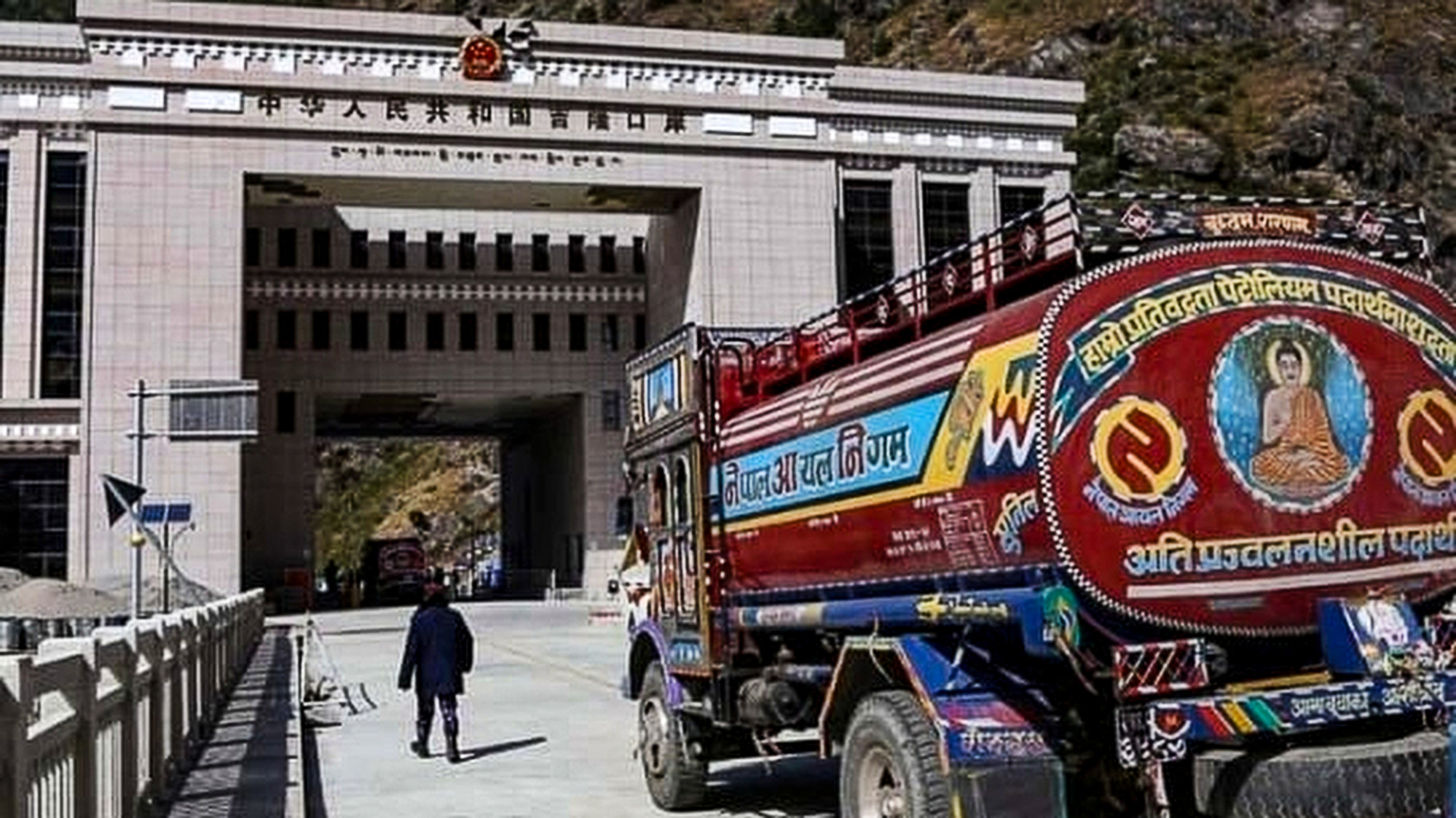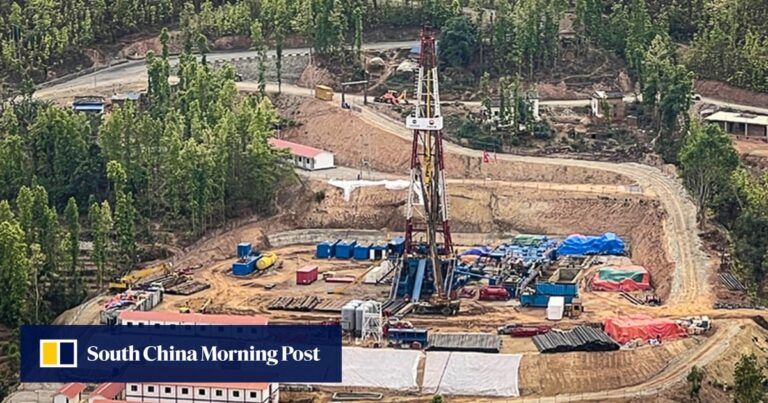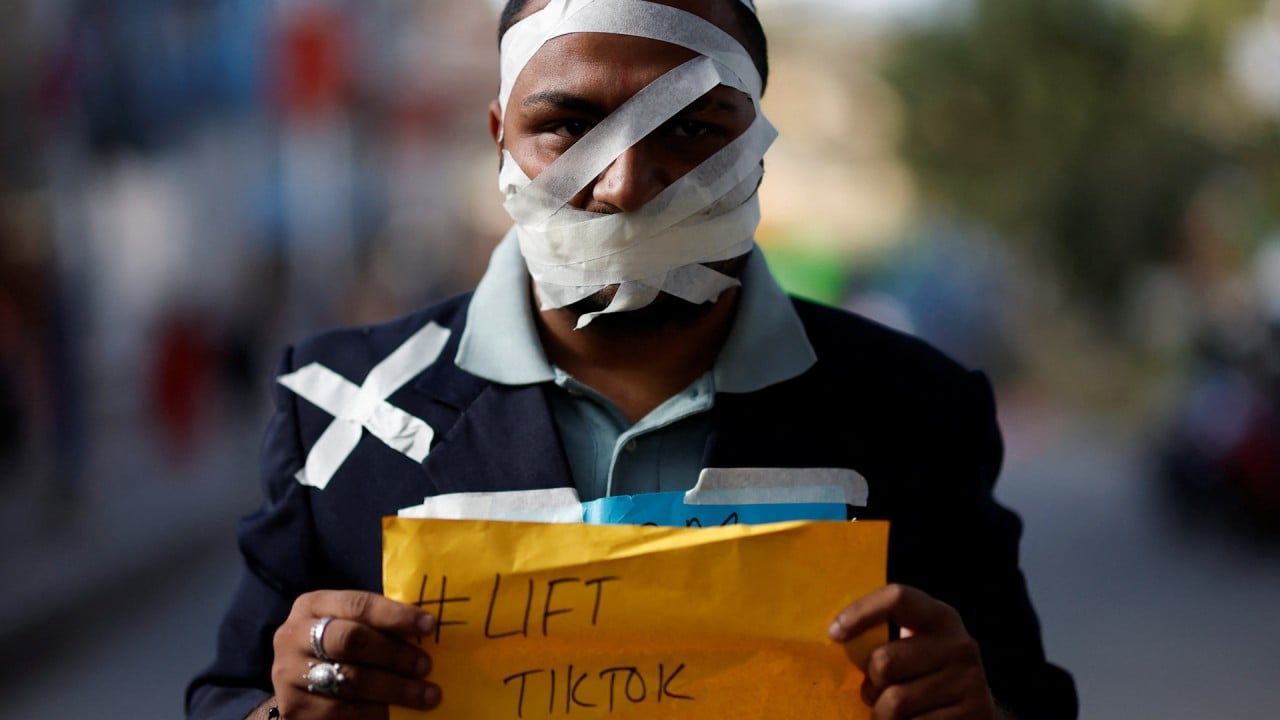This will be the first oil and gas exploration in the Himalayan country since a similar expedition in southern Nepal in 1985 was fruitless.
Observers see this latest project as an attempt by Nepal to reduce its dependence on India for fossil fuels.
“Nepal’s dependence on India for oil has long been a strategic weakness and has often faced political and logistical challenges,” said Narayani Sritharan, a research fellow at the Global Institute at the College of William and Mary in Virginia.
“If successful, this could significantly reduce Nepal’s dependence on oil imports from India, enhancing its energy security and economic self-reliance.”
Liu Zongyi, a senior fellow at the Shanghai Institute of International Studies, said if Nepal becomes more self-sufficient in energy supplies, it could take a “more balanced approach” in pursuing a non-aligned foreign policy.
“Nepal is now overly dependent on India for energy and trade, which has resulted in India having immense influence over Nepal’s domestic and foreign policies, despite Nepal’s opting for hedging tendencies with both its neighbours,” Liu said.
“But energy self-sufficiency may help Nepal adopt a more balanced approach between India and China.”

Landlocked Nepal has no known oil or gas reserves. Kathmandu invited foreign oil companies to explore for resources in 1985. They carried out seismic surveys and drilled a 3,520-metre (11,549-foot) deep exploratory well, but the water eventually dried up. A joint team from Shell and Triton Energy withdrew in 1990, and no investors have shown any interest since.
In 2007, during the visit of then Prime Minister KP Sharma Oli, Beijing signed an agreement with Kathmandu to help Nepal explore for oil. A decade later, in 2017, after then Vice Prime Minister Wang Yang’s visit to Kathmandu, China and Nepal agreed to jointly carry out feasibility studies for oil and gas exploration.
In 2019, a technical team from the China Geological Survey carried out a technical survey and subsequently identified the drilling site for Direk, where a series of oil and gas leaks were discovered, but further exploration was halted by the COVID-19 pandemic.
Saurabh Dahal, a geopolitical analyst in Kathmandu, said the 2015 blockade was a “wake-up call” for Nepal.
“Since then, Nepal has sought to diversify its oil and trade dependency through various agreements with China.”
Sritharan, who has studied China as a non-traditional donor to developing countries, said the exploration plan, with significant Chinese support, could deepen ties between Nepal and Beijing, but added that “the cooperation could be seen by India as a strategic move by China to expand its influence in Nepal, increasing geopolitical tensions.”
“However, successful oil exploration will give Nepal more leverage in negotiations with its two neighbours and help it balance diplomatic relations more effectively.”
Nepal, a country of 30 million people lying between geopolitical rivals China and India, has long been considered part of India’s sphere of influence, but China has been building its presence there in recent decades with increasing investments, from highways, airports and power plants to factories and schools.
In 2010, China granted zero-tariff treatment to over 8,000 Nepali products.
In 2016, Beijing and Kathmandu signed a transit agreement allowing Nepal to use Chinese ports for trade with third countries, and in 2018 the Nepal-China Fiber Optic Link became operational, ending Nepal’s reliance on India for internet services.
However, in recent years, there has been uncertainty about the future of China-Nepal relations.
The Nepalese government has agreed to accept a $500 million grant from Washington’s foreign aid agency, the Millennium Challenge Corporation (MCC), in 2022, in what is seen as an attempt to counter China’s efforts.
A month later, Chinese Foreign Minister Wang Yi visited Kathmandu and Nepal’s Foreign Minister Narayan Khadka promised that “we will not allow any activities against China on Nepali territory.”
Nepal is beset by economic problems including a worsening job market, inflation and corruption, and there are growing calls in the Himalayan nation to rethink its dealings with global partners, including China.
Dahal said he was cautious about being overly optimistic about Chinese-led projects in Nepal.
For example, the Belt and Road agreement between China and Nepal has been in limbo since it was signed in 2017 over several issues, including funding modalities and interest rates, he said.
“If implemented correctly, [Belt and Road Initiative] “It has the potential to bring great benefits to Nepal. But there has been no progress for years,” he said.
“Nepal is witnessing ongoing oil exploration and the historic oil trade agreement of 2016. [Belt and Road Initiative] It will happen sooner or later.”


